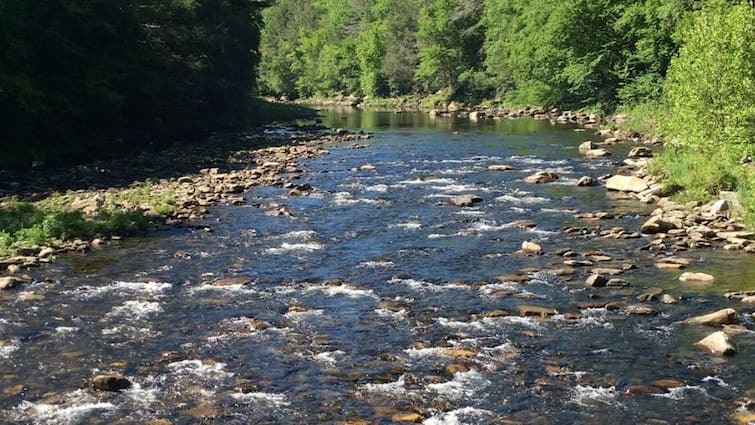
The dissolved oxygen in the water of all the rivers, streams, lakes, springs and oceans around the world is decreasing rapidly. This is a big threat to the whole world. If this continues, then first of all the living creatures living in these waters will be in danger and after that it will start affecting the human race all over the world. Scientists say that if this continues, then it will become the biggest threat to life all over the world.
Just as oxygen in the atmosphere is essential for us, similarly, dissolved oxygen (DO) in water is also important for a healthy aquatic environment. Whether it is a freshwater reservoir or the ocean, life is linked to both. The animals living in it are alive as long as there is oxygen dissolved in their water. Aquatic life is important for all of us.
Oxygen levels decrease in hot water
The amount of oxygen dissolved in water decreases for several reasons. For example, the amount of oxygen dissolved in warmer water does not remain constant. Due to greenhouse gas emissions, air and water temperatures are rising above their long-term average, which also causes oxygen to decrease in them. Surface waters are becoming less able to retain important elements such as oxygen.
Industrial waste is also reducing oxygen from the water.
Agricultural and domestic fertilizers, sewage, and industrial wastes also contribute significantly to deoxygenation by absorbing oxygen dissolved in water.
What effect will this have on aquatic animals?
When oxygen starts to decrease, microorganisms begin to suffocate and die. Sooner or later, this affects larger species as well. Populations of microorganisms that do not depend on oxygen feed thrive on deposits of dead organic matter, which become so dense that light is reduced and photosynthesis is severely limited, causing all the water to be removed and the body is caught in a vicious cycle called eutrophication.
Due to the rapid warming of water and melting of ice, the surface salinity of the oceans is decreasing and aquatic oxygen is getting depleted. Recently some scientists have warned about the lack of oxygen.
The dead zone in this water is increasing.
The alarming decrease in oxygen in the world's water bodies is also being seen as de-oxygenation, which is a threat to the aquatic environment and human life. It is the expansion of “dead zones”. This not only endangers fish life but also degrades water quality.
Deoxygenation can cause massive die-offs of fish, shellfish, corals and other marine life. These oxygen-depleted areas, often called “dead zones,” disrupt entire food webs and can cause significant shifts in species distributions.
This will increase the production of greenhouse gases
In freshwater systems, low oxygen levels can alter microbial processes, potentially increasing the production of potent greenhouse gases such as methane and nitrous oxide. This creates a dangerous feedback loop, as these gases contribute to further global warming.
Oxygen deficiency has increased since 1960.
The scale of oxygen loss in Earth's waters is alarming. Dissolved oxygen in the oceans has decreased by 2% since the 1950s, with some regions experiencing more severe losses of 20–50%.
The number of hypoxic sites in coastal waters has risen from 45 before 1960 to nearly 700 in 2011. In freshwater systems, the situation is equally worrying, with warming lakes losing oxygen faster than the oceans. Marine oxygen could decline by a further 3-4% by 2100 under normal business conditions, according to estimates.
How much oxygen should be in water?
Healthy water should normally have dissolved oxygen (DO) levels above 6.5-8 mg/liter. Most aquatic organisms require at least 4 mg/liter of oxygen to survive. Fish require a minimum of 5 mg/liter to survive. Cold water can have high dissolved oxygen levels, while warm water has low oxygen solubility.
 look news india
look news india


